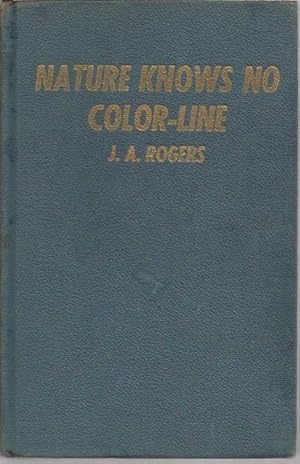
- #Nature knows no color line drivers#
- #Nature knows no color line driver#
- #Nature knows no color line download#
- #Nature knows no color line free#
After deleting the HAL files, this should compile fine.Īs much as I love ST, I don’t seem to have much luck with their libraries. This probably isn’t the best way to handle it but hey, it works. I don’t really know the best way to handle this so I took the lazy option of going into my firmware folder and deleting all of the HAL files leaving only the LL files. You will now find that it no longer compiles (wahoo)! It seems to flag up a few errors with type names on the HAL. A message will popup saying something about rebuilding. Paste in the above define and click “Ok”.Įxit the settings by clicking “Ok”. The final step of project properties is to add the “USE_FULL_LL_DRIVER” definition. Click OK to return to the Paths and Symbols window. You will also need to give this folder a name other than “Src” once you’ve selected it. After this has been checked, you should be able to browse for your LL source folder. Once the Link Folder window opens, click the check box “Link to folder in file system”. For this, navigate to the “Source Location” tab. Now that the include folder has been added, the location of the source folders will need to be added. You should now see that the include location has been added.
#Nature knows no color line driver#
Click “Add” then “File System…” and navigate to the location of your LL driver inc folder. Within here, you will then want to add the path to your LL library files. Within this new window, you will want to navigate to “C/C++ General” then “Paths and Symbols” Right click the project and navigate to “Properties”, this should cause a new window to popup. This is a relatively easy process to do and can be done in the project properties. To include the LL files, the project source and include paths need to be set. Std peripheral, HAL or LL), this is all that is required for a basic project. If no other libraries are going to be used (i.e. This can be clarified by building the project. Once the project has been created, a main file should open and this entire project should compile just fine. It’s also important to select the debug probe which should be the standard ST Link. All that is required is selecting the STM32 microcontroller you’ll be using – in this case, I’ve chosen the STM32F051R8, the chip used on my STM32F0 Discovery board. The next few steps involve following the process.

#Nature knows no color line drivers#
Once the drivers have been unzipped to a specific location, a new project can now be generated within Atollic! It is best to then unzip this folder to a location it won’t be moved or deleted. As this is for the STM32F0, I will be downloading the STM32F0Cube Drivers.
#Nature knows no color line download#
The first requirement is to download the drivers for your chip. Sadly, generating an LL project isn’t quite as simple as a STDPeriph project was in CooCox but this seems to have worked fine.

This tutorial assumes Atollic has been installed and a workspace has been generated! One thing I like about the LL library is that it is essentially the STDPeriph library with a few different names and definitions so its not particularly hard to adjust to. After a bit more reading, I found out that ST offered a low level peripheral library, similar to the standard peripheral library so given my distaste for the HAL, I decided to give this a shot. Once I found out that ST offered Atollic for free, I jumped on the opportunity to get involved with this new IDE. Although SW4STM32 is based on Eclipse, it seems a little buggy (I can’t get main.c variables to work in debug mode…) and I truly despise STM32CubeMX so this wasn’t a particularly nice option. There are a couple of options available to developers on STM32 platforms, I could use STM32CubeMX with SW4STM32 though this is my least favourite option.

I’ve therefore decided to find the best way to move forward. I’ve previously been a massive fan of CooCox and the ST Peripheral library but unfortunately, this is swiftly becoming antiquated and unless I move with the times, I’m going to be left behind with the retro STM32s. ST have recently acquired Atollic, an IDE developer who have designed an embedded IDE based on Eclipse.
#Nature knows no color line free#
I’ve not had much time to do much electronics as of late (it is now my job…) but hopefully once I move into a new area, I’ll have a little more free time and motivation to do electronics outside of work. Its been one hell of a while since I posted a tutorial so I thought I’d throw one of up for this.


 0 kommentar(er)
0 kommentar(er)
